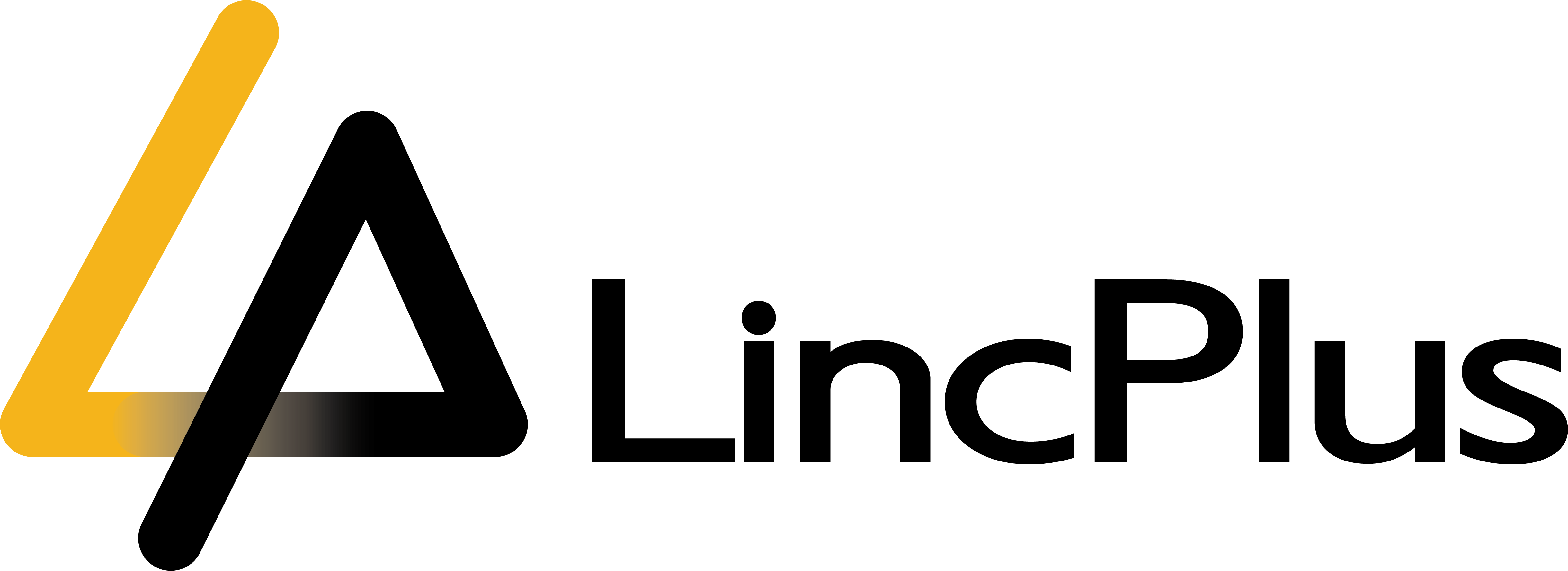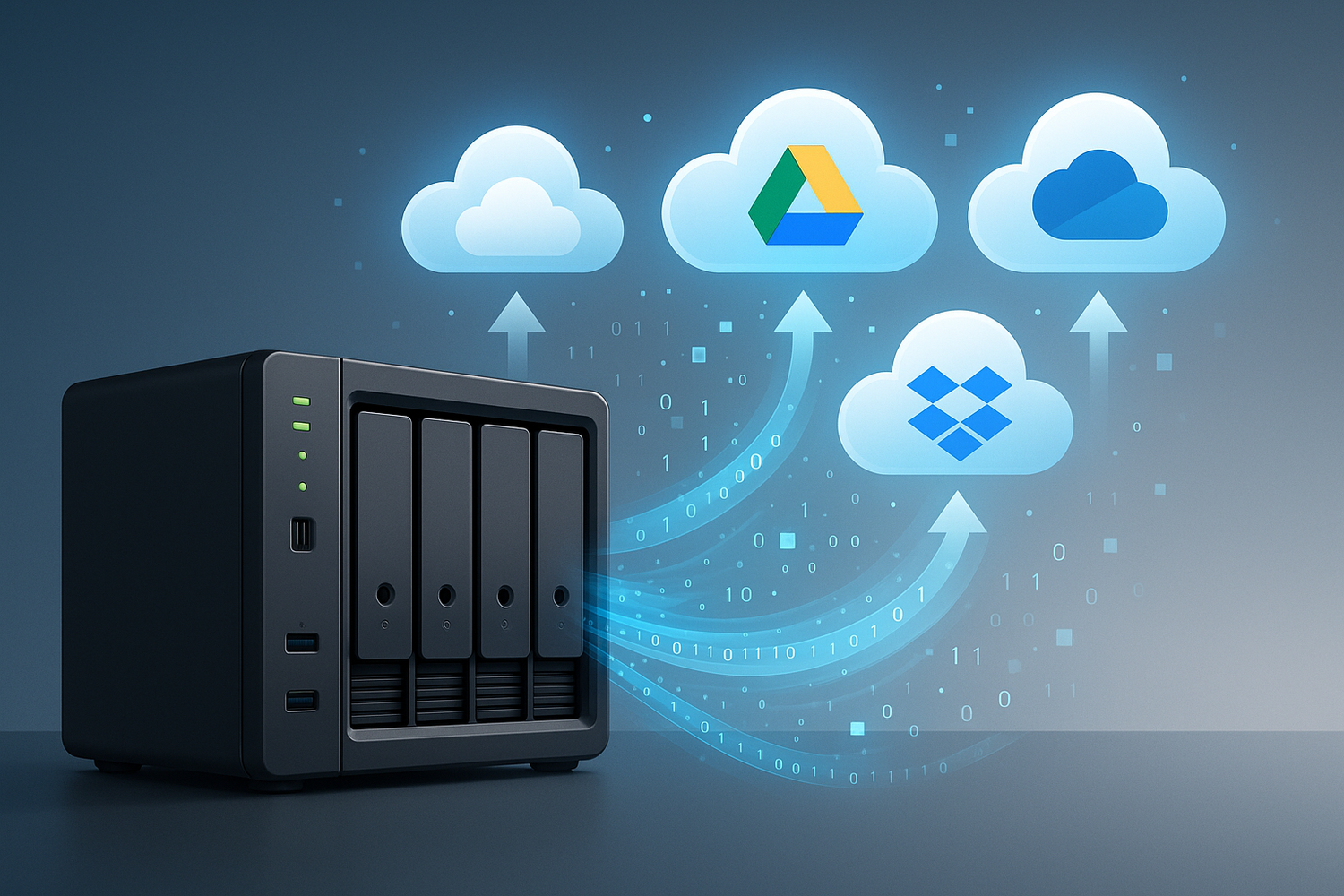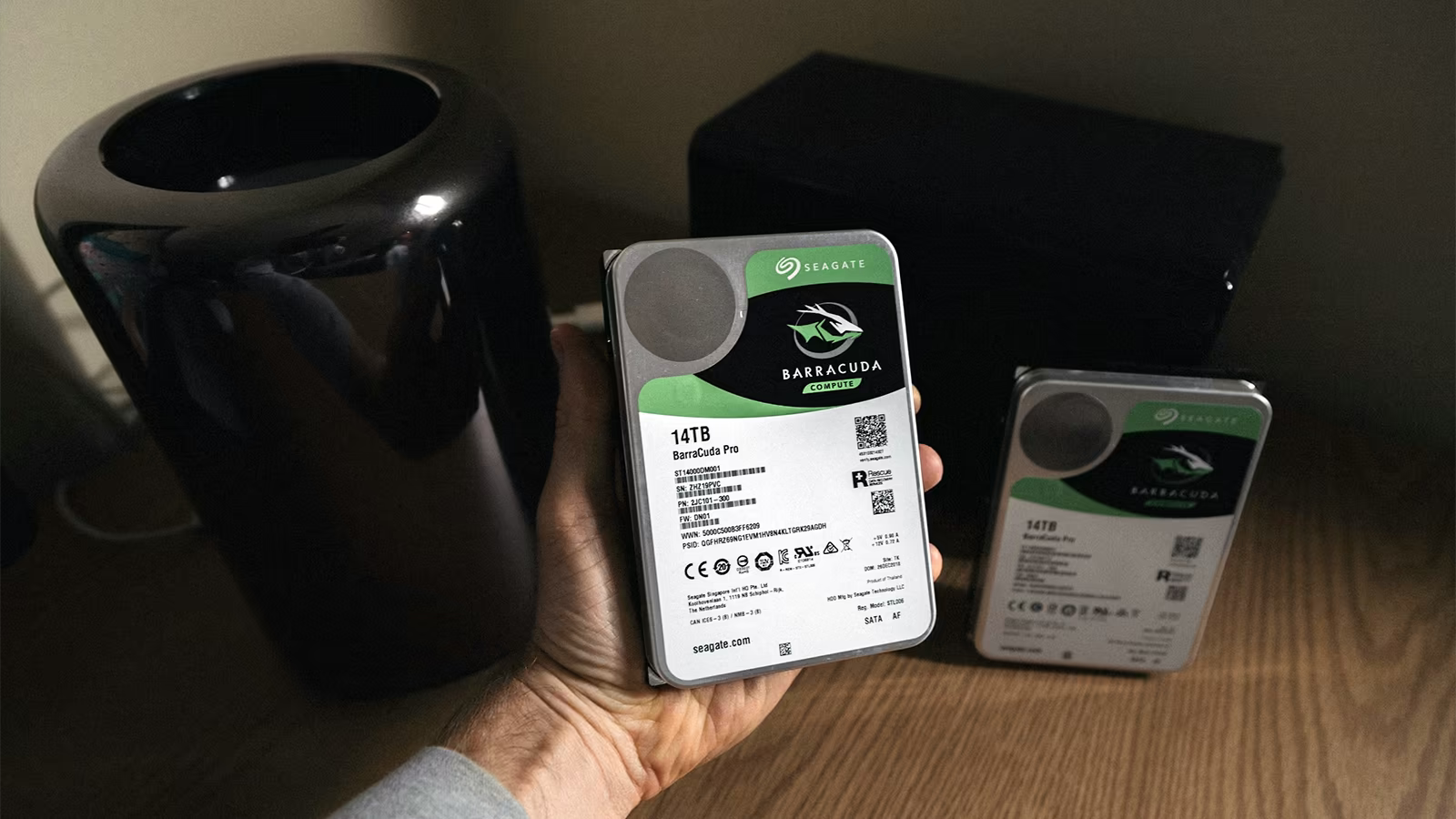Owning a NAS (Network Attached Storage) is one of the most reliable ways to centralize and protect your data at home or in the office. A NAS provides high-capacity storage, easy file sharing, and even advanced apps for media, security, or productivity. When it comes to data protection, NAS backup in cloud has become one of the most popular topics among both home and business users. Reddit communities, IT forums, and tech blogs often debate whether backing up your NAS to the cloud is worth the cost and effort. To better understand, let’s break down how NAS-to-cloud backup works, its benefits, its downsides, and which types of users it fits best.
Why Backup NAS to Cloud?
While NAS is designed for data redundancy (RAID, snapshots, or replication), it doesn’t protect against every risk. Some common concerns include:
- Hardware failure: Hard drives wear out, and even RAID can’t protect against multiple disk failures at once.
- Theft or natural disasters: Fire, flooding, or burglary could wipe out both the NAS and local backups.
- Ransomware or accidental deletion: If malware or human error corrupts files on your NAS, backups stored on the same system may also be compromised.
This is why many users adopt a 3-2-1 backup strategy:
- 3 copies of your data
- 2 different media types
- 1 copy stored offsite
In this setup, cloud backup for NAS serves as the critical offsite layer.
How Does NAS to Cloud Backup Work?
Most modern NAS devices (like Synology, QNAP, or LincStation) include built-in apps to connect your NAS to a cloud service. This allows automated NAS to cloud backup with minimal setup.
Typical workflow:
- Select data folders you want to protect.
- Choose a cloud provider (Amazon S3, Google Drive, Dropbox, Backblaze B2, Wasabi, etc.).
- Set schedule and retention policies to ensure files are updated and previous versions are preserved.
- Encryption and bandwidth settings help keep data secure while controlling costs.
This integration makes it almost effortless to backup NAS to cloud without needing third-party software.
Benefits of Cloud Backup for NAS
There are clear reasons why best cloud backup for NAS is a growing trend:
- Offsite protection: Unlike external drives or a second NAS in the same building, cloud storage is located outside your home or office, providing true disaster recovery.
- Scalability: Cloud storage is virtually unlimited—you can start small and expand as your data grows.
- Automation: Once configured, the process is hands-free. You don’t need to remember to plug in drives or manually copy files.
- Remote access: Some cloud services allow you to access backup files from anywhere, making it a hybrid between backup and cloud storage.
- Peace of mind: Knowing your family photos, business documents, or creative projects are safe in a separate environment gives confidence against unforeseen events.
Drawbacks of NAS to Cloud Backup
However, backup NAS to cloud is not without disadvantages. Users on Reddit often point out the following concerns:
- Recurring cost: Cloud storage is subscription-based. Over time, fees for terabytes of data can exceed the price of additional NAS hardware.
- Upload speed limits: Large backups may take days or even weeks if your internet connection is slow or has bandwidth caps.
- Restore bottlenecks: Downloading several terabytes from the cloud during recovery can be time-consuming.
- Data privacy concerns: Even with encryption, some users are hesitant to trust third-party companies with sensitive data.
- Complexity with hybrid setups: Configuring NAS backup in cloud can be more complicated than local backups, especially for non-technical users.
Who Should Use NAS Backup in Cloud?
The decision depends on your priorities, budget, and technical comfort level:
Best fit for:
- Small businesses that cannot afford downtime or data loss.
- Photographers & videographers who need an additional safeguard for irreplaceable projects.
- Home users with priceless memories (family photos, documents) that must survive beyond local disasters.
- Remote workers or digital nomads who need global access to backups.
Less ideal for:
- Users with very large data sets (10TB+) and slow internet connections—cloud backups may be impractical.
- Cost-sensitive home users who can rely on a second local NAS or offline drives.
- Privacy-focused individuals who prefer to keep all data in-house.
Choosing the Best Cloud Backup for NAS
The “best” option depends on your needs:
- Budget-conscious users: Backblaze B2 or Wasabi offer affordable per-GB pricing.
- Enterprise-grade reliability: Amazon S3 or Microsoft Azure come with robust SLAs and integrations.
- Casual users: Google Drive or Dropbox may be enough for smaller NAS volumes.
If you’re looking for the best cloud backup for NAS, balance price, ease of integration, and recovery speed.
Final Thoughts
NAS backup in cloud offers strong protection, convenience, and scalability. It’s not the cheapest or fastest method, but it provides true resilience against disasters that no local backup can match. For users with valuable data and the budget to support ongoing cloud costs, cloud backup for NAS is one of the most reliable strategies available today.
If you are considering whether to backup NAS to cloud, ask yourself: How critical is my data? How much downtime can I tolerate? And how much am I willing to invest for peace of mind?




Hinterlasse einen Kommentar
Alle Kommentare werden vor der Veröffentlichung geprüft.
Diese Website ist durch hCaptcha geschützt und es gelten die allgemeinen Geschäftsbedingungen und Datenschutzbestimmungen von hCaptcha.